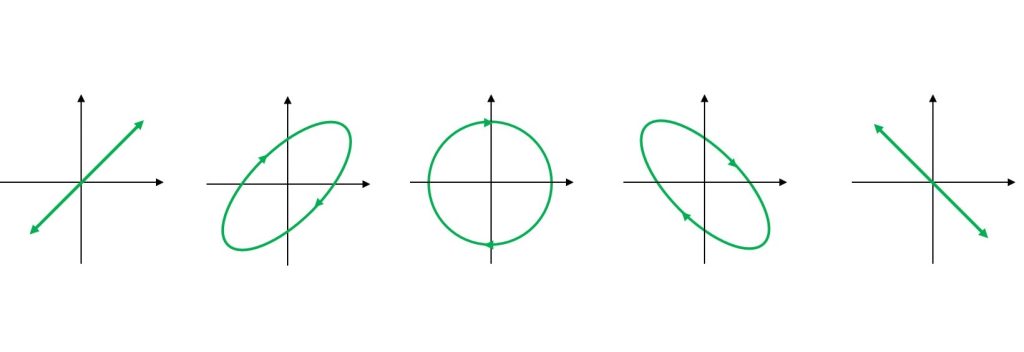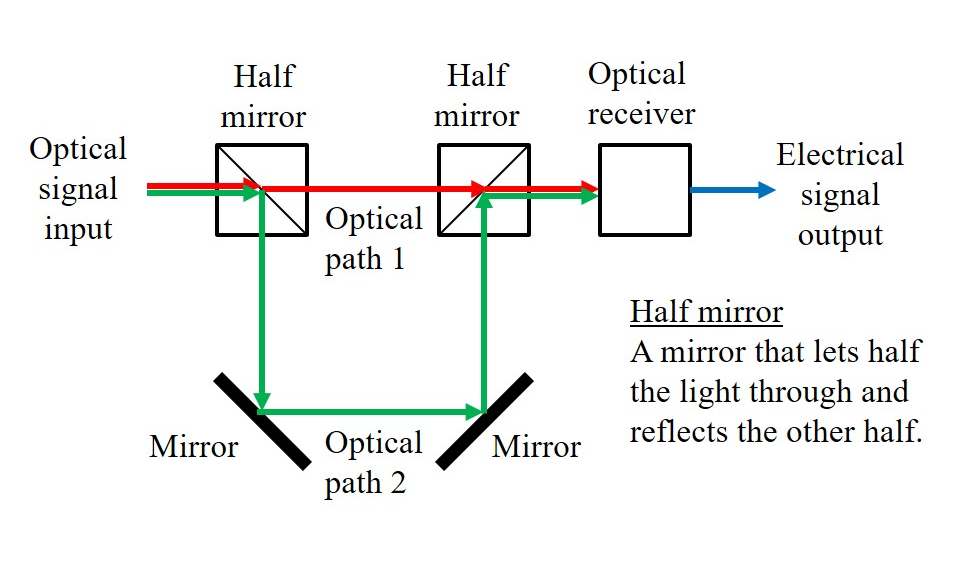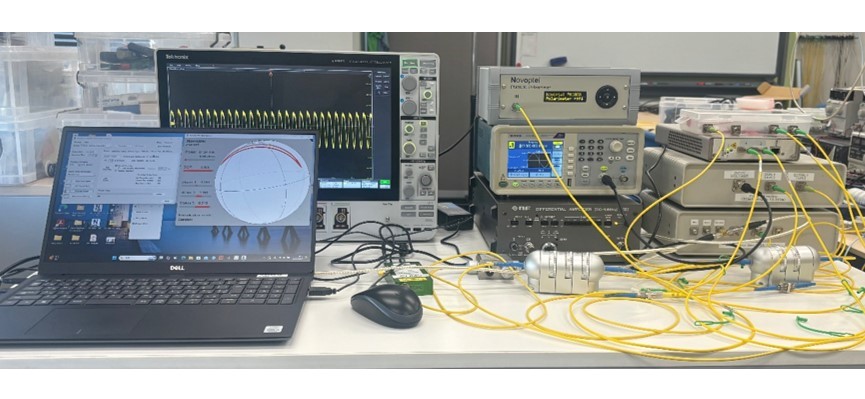Details of the Initiative
We can use large amounts of data on our smartphones thanks to the development of optical fiber communications.
Advanced optical fiber communication uses polarized light. The state of polarization emitted from the laser used in optical communication is linear polarization. However, when the optical signal passes through the optical fibers, it changes complexly, from a linear polarization to an elliptical or a circular polarization, due to the stress and temperature changes applied to the optical fibers.
Optical communication systems use polarized light, so if the state of polarization changes from a linear polarization, data cannot be sent correctly.
This is why measuring the state of polarization is very important. Conventional methods use electrical signal processing to measure the state of polarization, but this requires repeated complex number calculations many times, increasing power consumption and raising concerns about the global environment’s impact.
Therefore, the School of Interdisciplinary Mathematical Sciences is working with SoftBank Corp. to research and solve the problem using optical signal processing. In this joint research, we were the first in the world to discover that it is possible to measure the state of polarization simply by inputting an optical signal into an optical circuit that combines mirrors. As a result, it is possible to reduce power consumption to less than one-tenth of the conventional system.




